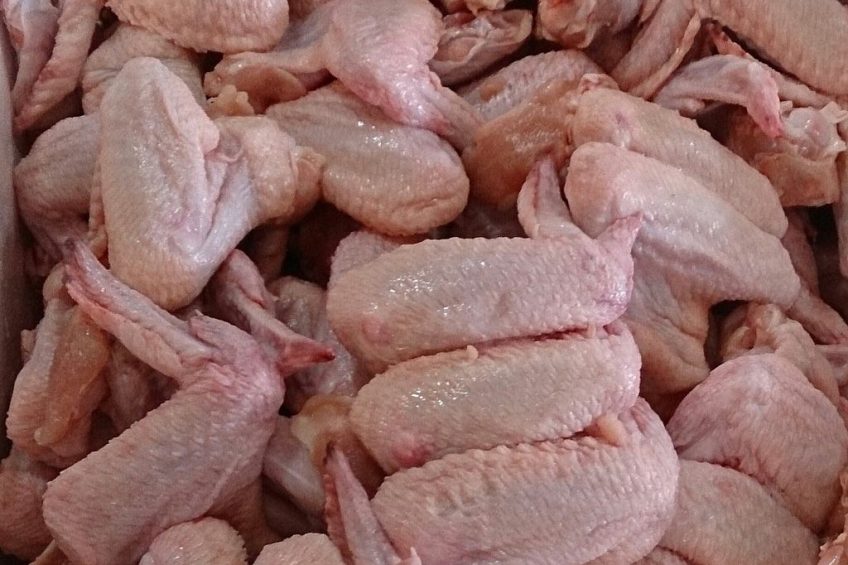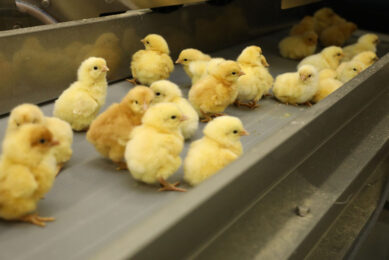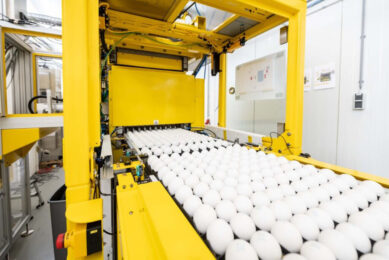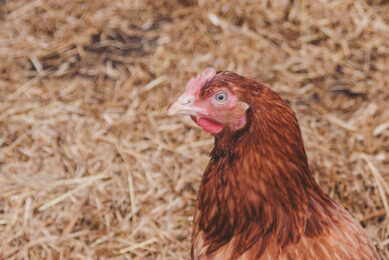US pushes China to reopen poultry imports as Brazil suffers

Reopening of Chinese markets for US poultry is one of the top priorities of a major trade delegation visiting Beijing this week.
Led by US Under-Secretary of Agriculture Ted McKinney, the US is pushing for the ending of a ban on poultry imports that has stretched back to the avian influenza outbreak in January 2015.
Brazil suffering
With its major competitor Brazil suffering from a slump in production causes by EU bans and a wave of strike action, the US believes it can quickly re-establish its position. Beijing removed anti-dumping tariffs on US poultry in February after 8 years but the anticipated lifting of the trade ban is still hanging in the air.
Chicken feet is big business
China currently imports about $1 billion of poultry a year from other countries and accounts for most of the world trade in chicken feet – a renowned national delicacy. Chicken feet alone account for 60% or 300,000 tons.
Sarah Li, Greater China director of the USA Poultry and Egg Export Council, told Reuters: “Our birds are bigger. China has a preference for jumbo-sized paws.” At present, most of US chicken feet market is rendered for use in animal feed, although there are some exports to other Far Eastern countries, such as Vietnam and Hong Kong.
Mass culling could take place in Brazil
Meanwhile in Brazil, the world’s largest poultry exporter, the industry is at risk of collapse due to a prolonged truckers’ strike which has deprived birds of feed and risked interrupting the breeding cycle. Unless the government can get convoys of feed trucks through to poultry farms in the next few days, mass culling of up to 100m birds could take place, according to Agriculture Minister Blairo Maggi. “If that happens, Brazil will take 2 to 2 and a half years to return to the present level. We will stop being an exporter and become an importer of chicken,” he told the Financial Times.
Mr Maggi said birds were receiving feed only once every 48 hours, which created the risk of cannibalism and therefore the need for humane culling.












